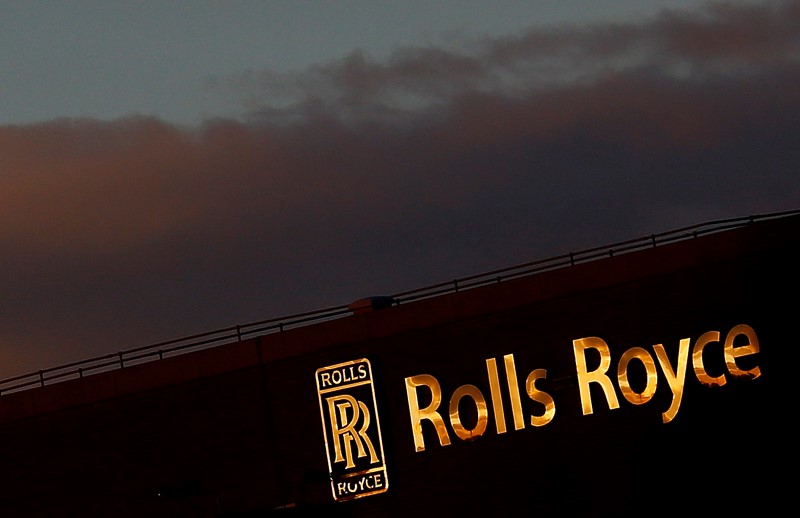Proactive Investors - Rolls-Royce Holdings PLC (LSE:LON:RR.) is hoping to open up the space sector as a new market for its nuclear power technology.
Alongside its main business of providing and maintaining engines for long-haul airlines, the FTSE 100 group also supplies the reactors that power nuclear submarines.
The company has been looking to build more business using the same technology in a modular format for small modular reactors (SMRs), though has found the regulatory approval process very slow.
Talks have begun to also look at selling its 'micro reactor' technology, which employs slightly different technologies, to potential commercial customers space missions data centres, mining and remote communities, Jake Thompson, director of novel nuclear and special projects at Rolls-Royce, told the Financial Times.
By the "early 2030s" the company expects to have a reactor ready to be deployed into a space programme.
Commercial interest in small reactors has taken off among 'hyperscaler' data centre operators this year, including from tech titans like Amazon (NASDAQ:AMZN) and Google (NASDAQ:GOOGL), but experts are sceptical if the micro-reactor technology could be adapted for this use.
Thompson's Bristol-based team has been developing the micro-reactor technology since early 2021 when it won a contract from the UK Space Agency to study options for future nuclear power modules small and light enough to be used for space exploration, including to support a future Moon base for astronauts.
The agency has since provided various grants totalling almost £10 million of funding, which Rolls has matched.
Micro-reactors can operate as part of the electric grid, independently or as part of a microgrid to potentially generate 5-20 megawatts (MWs) of thermal energy that can be used to generate electricity and provide heat for industrial applications.
Earlier this year, Rolls-Royce received its most recent grant of £4.8 million from the UK Space Agency, to “raise the overall technology readiness level for space micro-reactors, closing the gap to a full system flight demonstration".
In space, the reactors would have a lifespan of around 10 years before the reactor core runs down, but an Earth-bound micro-reactor, small enough to fit into a shipping container, could be more easily refuelled and so last much longer.
